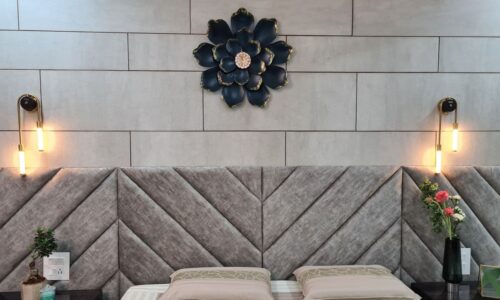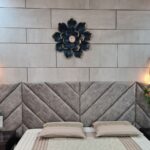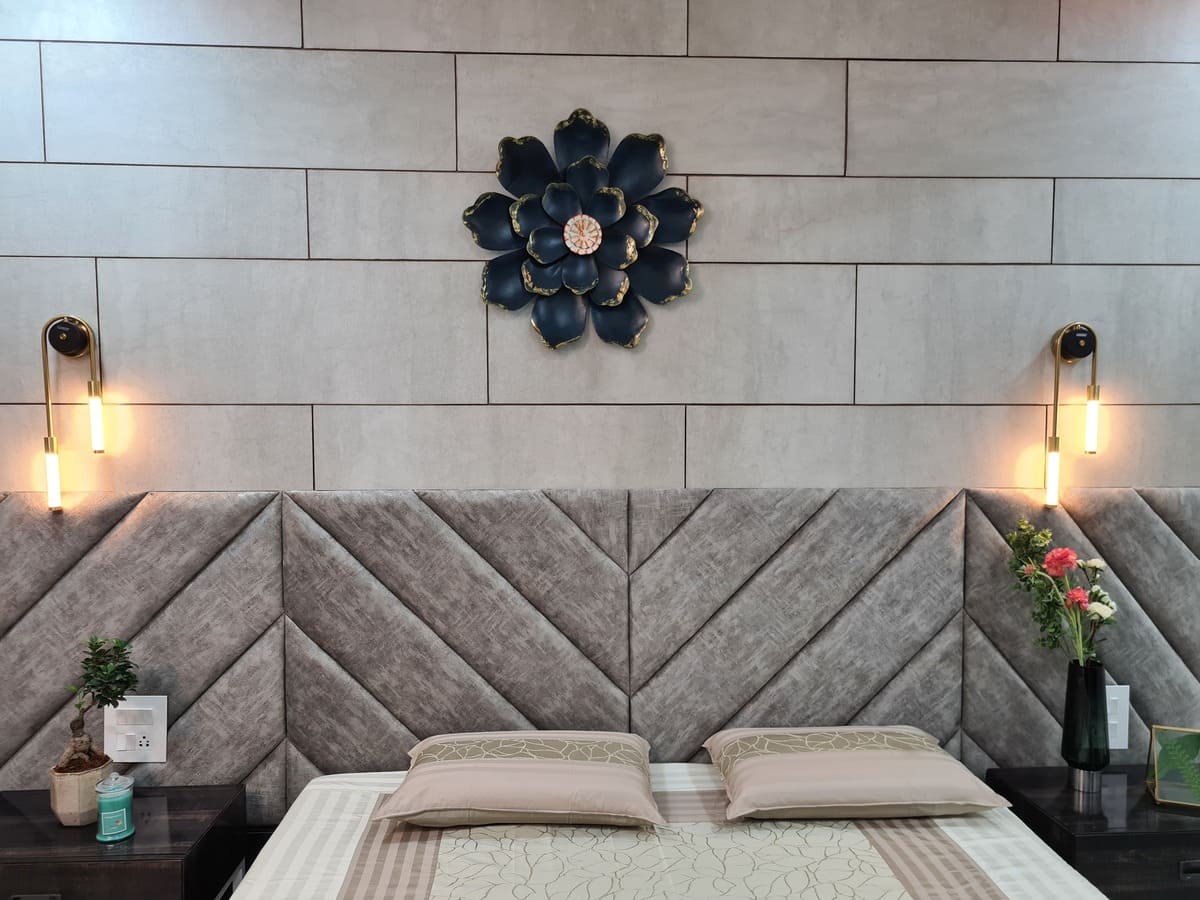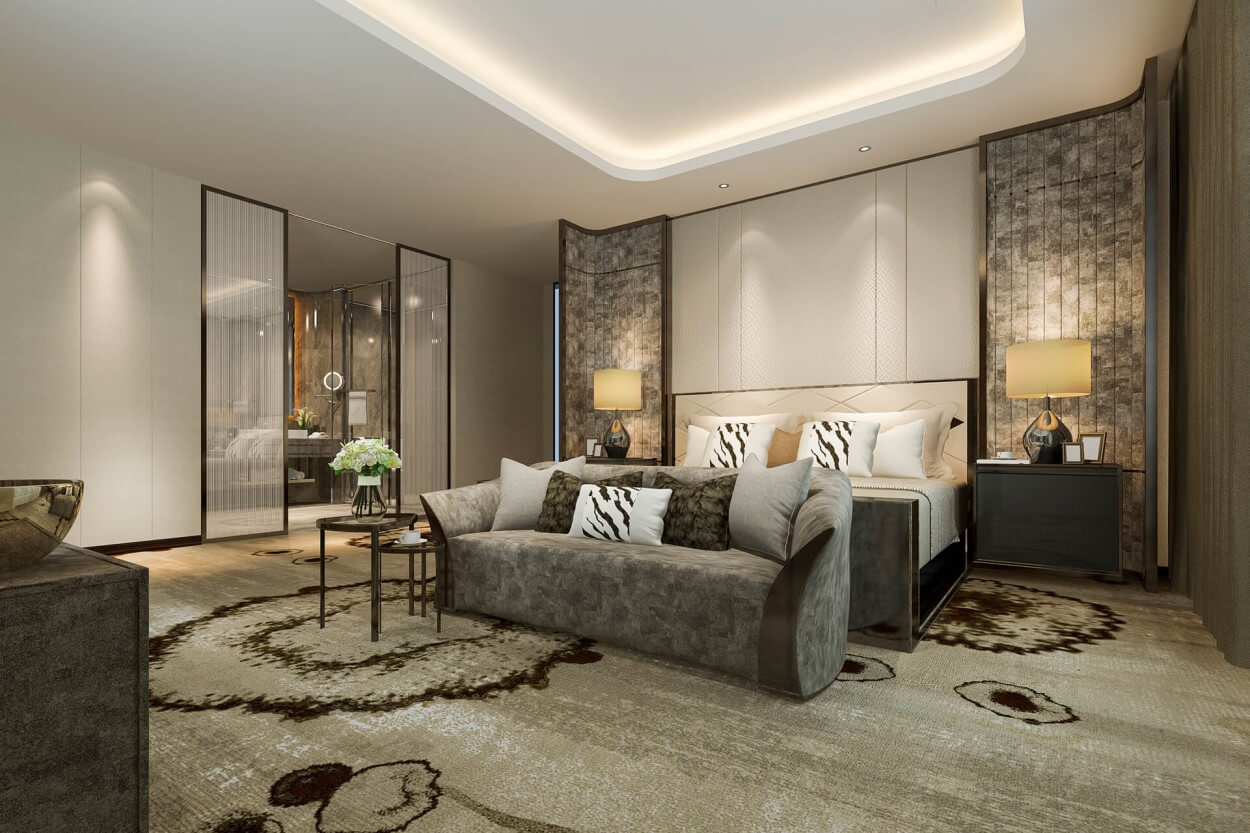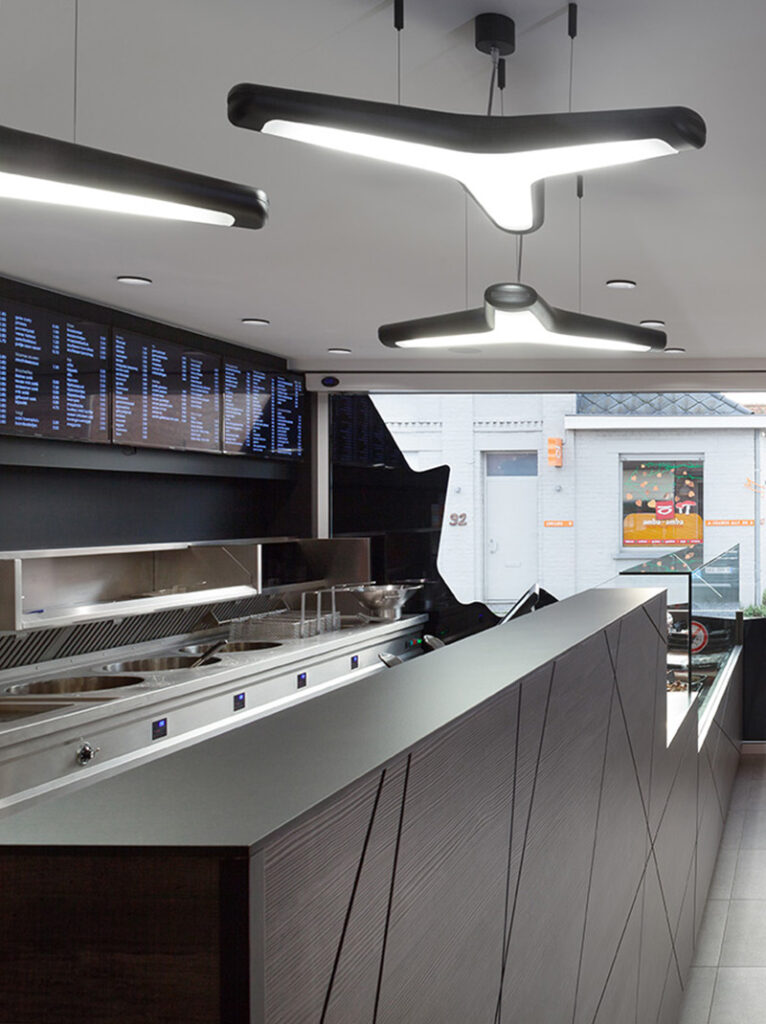The Power of Colors: How to Use Color Psychology in Interior Design
- Design Chords
- 0 Comments
Colors have a profound impact on our emotions, mood, and overall well-being. In the realm of interior design, understanding color psychology can be a powerful tool for creating spaces that evoke specific feelings and atmospheres. In this blog post, we will explore the fascinating world of color psychology and how you can harness its power to enhance your interior design. Discover the meaning behind different colors and learn how to use them effectively to create harmonious, inspiring, and emotionally engaging spaces.
- Understanding Color Psychology:
- Exploring the psychological effects of colors on our emotions and mood
- How color choices can influence our perception of space
- The cultural and personal associations of different colors
- Creating a Calm Retreat with Cool Colors:
- Utilizing blues and greens to evoke a sense of tranquility and relaxation
- Incorporating cool colors in bedrooms, bathrooms, and meditation spaces
- Balancing cool colors with warm accents for visual interest
- Energizing and Stimulating with Warm Colors:
- Using reds, oranges, and yellows to create a vibrant and energetic atmosphere
- Applying warm colors in areas where social interaction and activity occur
- Utilizing warm color accents to add warmth and coziness to a space
- Enhancing Focus and Productivity with Neutrals:
- Exploring the power of neutrals such as whites, grays, and beiges
- Using neutral colors as a backdrop for other elements in the room
- Promoting focus and clarity in workspaces through neutral color schemes
- Invoking Balance and Harmony with Earthy Tones:
- Incorporating earthy tones like browns, terracottas, and warm grays
- Creating a connection with nature and a sense of grounding
- Using earthy colors in living rooms, dining areas, and nature-inspired spaces
- Playing with Contrast and Drama:
- Exploring the impact of contrasting color combinations
- Creating visual interest and focal points through color contrasts
- Balancing contrasting colors with neutral elements for a harmonious outcome
- The Power of Accent Colors:
- Selecting accent colors to add pops of vibrancy and personality
- Understanding the psychology behind different accent colors
- Using accent colors in accessories, artwork, and statement pieces
- Customizing Colors for Different Rooms:
- Applying color psychology to specific rooms and their functions
- Tailoring color choices for bedrooms, kitchens, living rooms, etc.
- Considering the natural lighting and size of each space when selecting colors
- Incorporating Color through Textiles and Accessories:
- Using textiles like rugs, curtains, and pillows to introduce color
- Creating a cohesive color scheme through carefully curated accessories
- Changing color accents seasonally or for a quick room refresh
- The Role of Personal Preference and Experimentation:
- Remembering that personal preference plays a crucial role in color selection
- Encouraging experimentation and creativity with colors
- Trusting your instincts and creating spaces that resonate with you
Conclusion: Color psychology is a valuable tool in interior design, allowing us to create spaces that engage our emotions, promote well-being, and reflect our individuality. By understanding the effects of different colors and how they interact, you can transform your home into a harmonious and emotionally resonant sanctuary. So, embrace the power of colors, experiment with different combinations, and let your creativity shine as you design spaces that truly speak to you and those who inhabit them.
